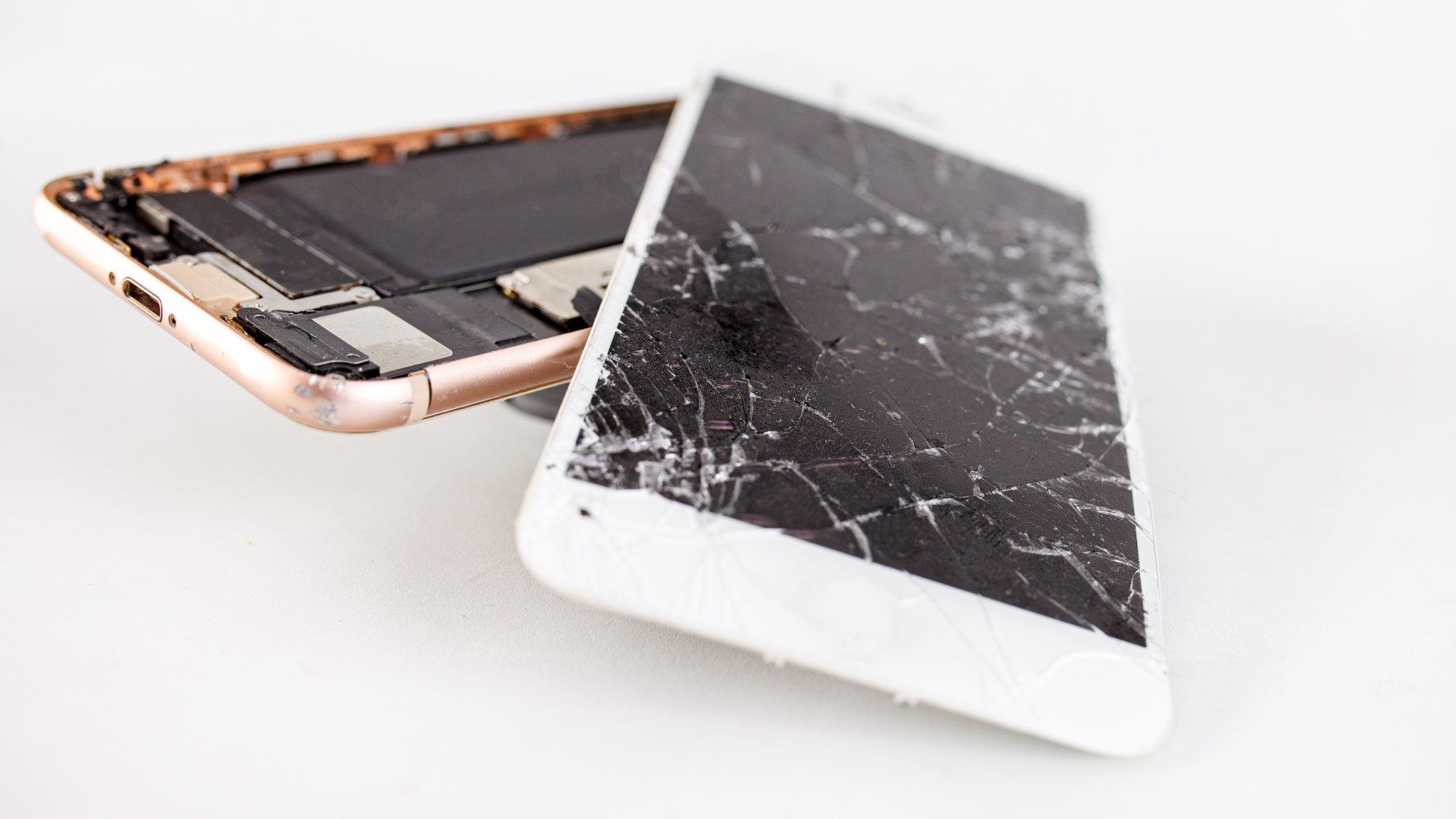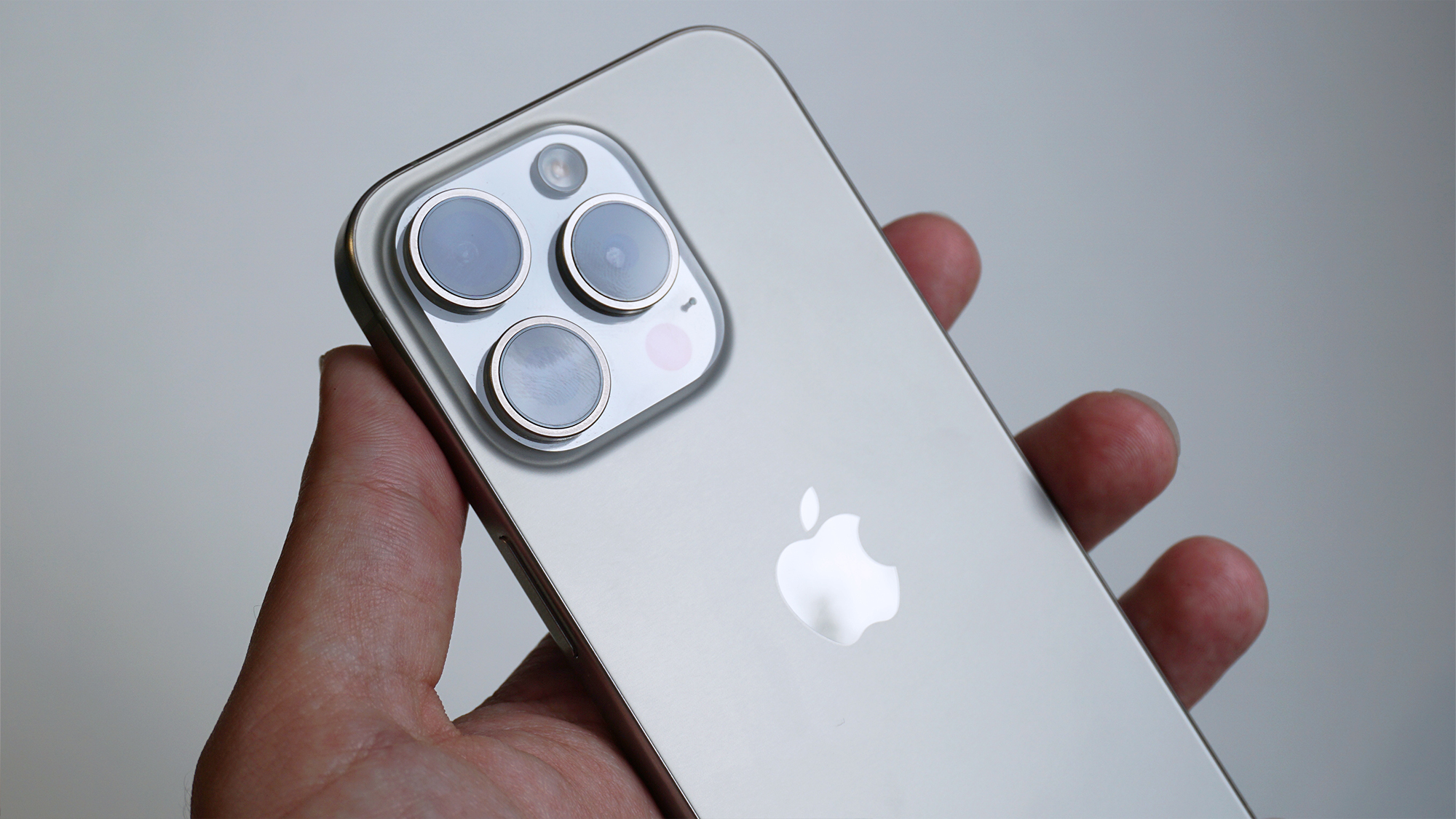
Apple has just announced that the company will expand repair options for consumers by adding support for used genuine parts. This change, alongside other new features like Activation Lock for parts like displays, will be introduced this fall and is one of Apple’s best consumer moves in years.
I used to work at the Genius Bar, repairing the best iPhones regularly to ensure customers would have the same experience after a repair as when they first purchased their smartphone. While these changes may not grab the headlines like a new product launch, they will make your iPhone experience much more enjoyable and I’m here to tell you why.
Giving used Apple parts ge a new lease of life

Select iPhone models, beginning this fall, will benefit from this new program which allows customers and independent repair providers to use used Apple parts in repairs. Apple says “the new process is designed to maintain an iPhone user’s privacy, security, and safety, while offering consumers more options, increasing product longevity, and minimizing the environmental impact of a repair.” In other words, you’ll be able to get your iPhone fixed above board with secondhand parts, which in turn should reduce issues with third-party repair services offering temperamental repair options.
Apple wants to make it clear that these used parts will be able to go through the full original factory calibration process to ensure they function as intended and have no potential issues such as multitouch problems on display modules.
John Ternus, Apple’s senior vice president of Hardware Engineering said “With this latest expansion to our repair program, we’re excited to be adding even more choice and convenience for our customers, while helping to extend the life of our products and their parts.”
Previously, used parts were not compatible with iPhone repairs with elements like the biometric sensors used for Face ID or Touch ID locked to the original device they were initially calibrated with. These changes allow Apple to preserve “the privacy, security, and safety of iPhone,” while giving consumers more options for repairs. The calibration for genuine Apple parts will happen for both new and used parts on the device allowing biometric sensors to have a second lease of life.
From a consumer perspective, this change should allow for cheaper repairs and remove potential issues with customers receiving secondhand parts from repair shops. During my time at Apple, I would see customers with non-functioning Touch ID or Face ID after a third-party repair. While that was often down to the use of non-genuine parts, adding the ability to use secondhand parts could push more consumers to seek official repairs.
A huge win for consumers

Another huge change announced today is the addition of Activation Lock to iPhone parts making it more difficult for thieves to make a profit from stolen devices. Apple says “the feature was designed to limit iPhone theft by blocking a lost or stolen iPhone from being reactivated.” This means that if a used part from a device with Activation Mode or Lost Mode is reused, it will fail the calibration process and the part will be restricted.
iPhones with Find My enabled already deter thieves and this addition means there is even less incentive to steal a device to take apart and sell on.
Additionally, Apple has added repair histories to Settings on iOS, allowing owners of refurbished or secondhand devices to see what previous repairs have happened to the iPhones. This is possibly the biggest change for consumers announced today, giving peace of mind to anyone purchasing a used iPhone. The Parts and Service history section of Settings will arrive in the fall, which could see the feature be exclusive to iOS 18 expected to be released alongside the iPhone 16 in September.
Apple says it is the “only smartphone company that transparently shows owners whether their device has been repaired and provides information about the parts used.”
Speaking to iMore, an ex-Apple employee said, “I can recall several occasions working at the Genius Bar where a customer had purchased a device that was sold with the tagline of having “new” genuine Apple parts, but the reality when you opened up the device was far from it.”
“There were also instances of people purchasing a device secondhand, and coming back to Apple wanting to know if it had ever been repaired via the official channels in the past. Knowing this information will be readily available by default, and it not being something you have to search out, only puts more faith in the second-hand market.”
These changes are a huge step in the right direction for iPhone users and ones that should make future repairs easier and more efficient.







